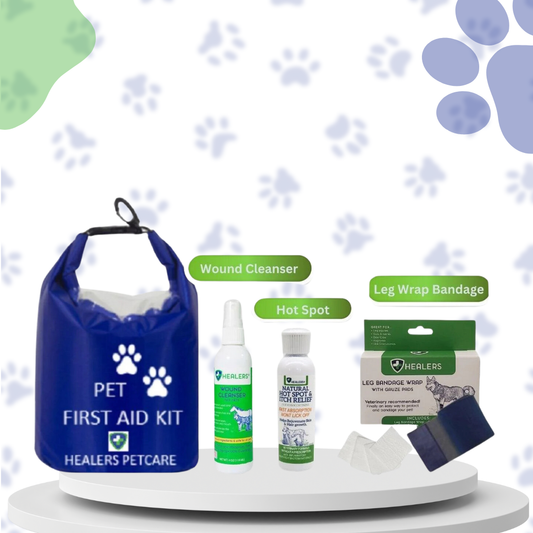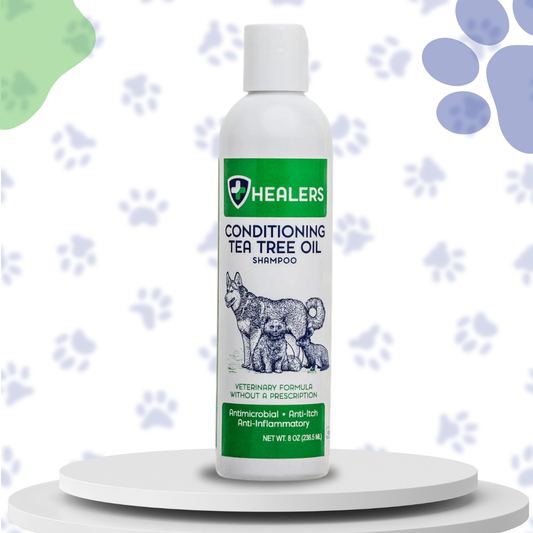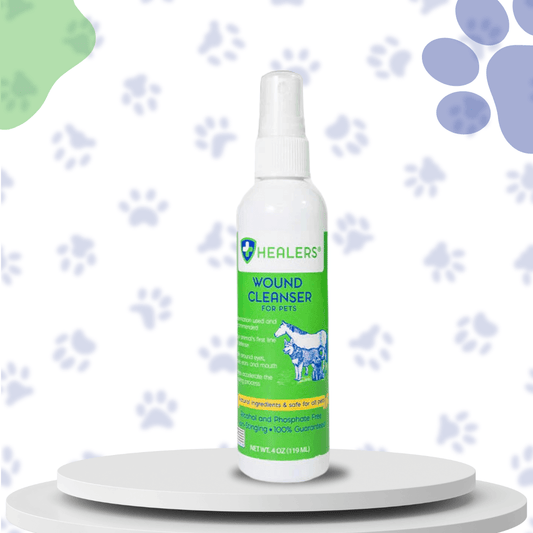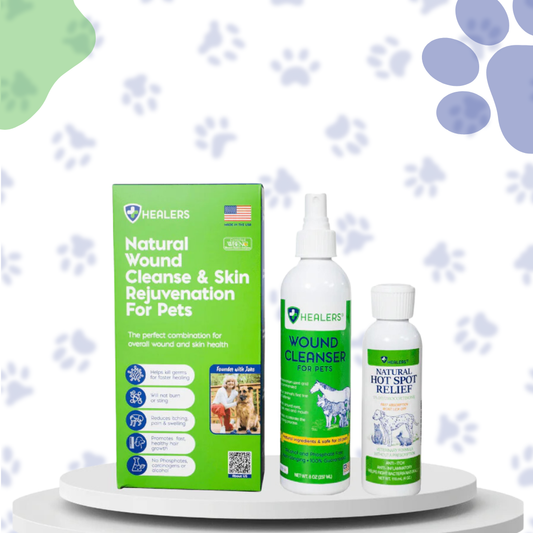Put Together a Pet First Aid Kit
Whether you’re hiking in the woods, camping, boating, or just heading out on a daily walk, having a dog first aid kit at the ready is never a bad idea. A dog’s paws are its only mode of transportation, after all, and damage to a pad can quickly put your pup out of commission. The last thing you want is to be decently far into your travels and unable to get home without putting further strain on an injury.
Lacerations, bruises, and other run-of-the-mill issues are also extremely possible, particularly if you walk where other humans have been. Even a stroll on a paved road or a swim in a lake or river puts your pup at risk of being injured by broken glass, discarded metal, and various sharp objects or other trash. That means you’ll need a way to wrap an injury as well as disinfect it.
Here are some quick tips for putting together a doggie first aid kit for your next adventure.
Essential Products and How to Use Them :
Carrying pouch — Designate an easy-to-find case to hold your first aid items.
Healers Cut and Wound Spray For Pets & Hot Spot Relief Aid -- Both of these products offer a remedy for hot spots and wounds. They are safe for use on all animals, non-toxic, alcohol-free, and are not harmful if licked or ingested. Perfect for abrasions, lacerations, hot spots, irritations, and minor cuts.
Gauze — Gauze is your friend, especially for bleeding or when you’ve got wound spray or a medication that needs to be applied. It keeps wounds clean, too, and can be held on using a bootie or medical wrap.
Healers Medical Booties — Designed for dogs with allergies or injured paws, medical booties keep injuries clean with the help of non-adherent gauze pad inserts. Their nonstick, rubber soles provide better traction, too.
Healers Bandages — Elastic wrap bandages are designed with Velcro for easy-to-apply protection, and can be used with gauze to keep medicine in place, for easy dressing changes, or to provide support during injuries.
Reusable hot and cold packs can also cool pets down in the summer, warm them up in the winter, or be applied to an injury to reduce swelling. Simply freeze or boil to preferred temperatures and apply as needed. They can also be held in place using a Healers Therapeutic Wrap.
First Aid Essentials Kit --- Be prepared for any emergency with pet first aid from Healer’s Petcare. Our First Aid Essentials Kit includes everything you’ll need to have on-hand in case your pet gets injured. Our pre- made kit has the essentials and is perfect for homes, cars, vacations, boating, camping, and anywhere else you take your pup. It includes
- All-Natural Healers Cut and Wound Spray (4-ounce bottle)
- Healer’s Leg Wraps
- Box of 8 Healer’s Gauze Pads
- Single roll of vet wrap
When in Doubt, Call a Veterinarian
Yes, first aid can go a long way toward treating wounds that might befall your favorite four-legged friend, but a vet often needs to look at the affected area. In fact, we recommend following up with one any time your dog ends up with a serious injury, especially if he or she experiences:
- Deep lacerations
- Bleeding that’s not slowing or stopping
- Items stuck in a paw or other body part (Note: never remove embedded objects unless they’re small, like a burr or a pine needle. Any human-made objects like nails or glass should be moved by a professional.)
- Injuries that prevent normal walking, evidenced by severe limping or refusing to move
- Visible pain (Note: Whimpering, refusing to move, laying down, or repeatedly licking a spot that appears to be injured are all signs that dogs are uncomfortable and likely need veterinary care.)
- Missing or severely cracked nails
- Severely cracked or burned paw pads
- Injuries to eyes
- Any type of bad fall
- Lack of appetite or lethargy following a seemingly minor injury
It’s always better to be safe than sorry. A trip to the vet is sometimes inconvenient, but your pet’s health is what is truly important! Keep your pet safe by having first aid at the ready and always knowing when it’s time to consult with a veterinary professional.





